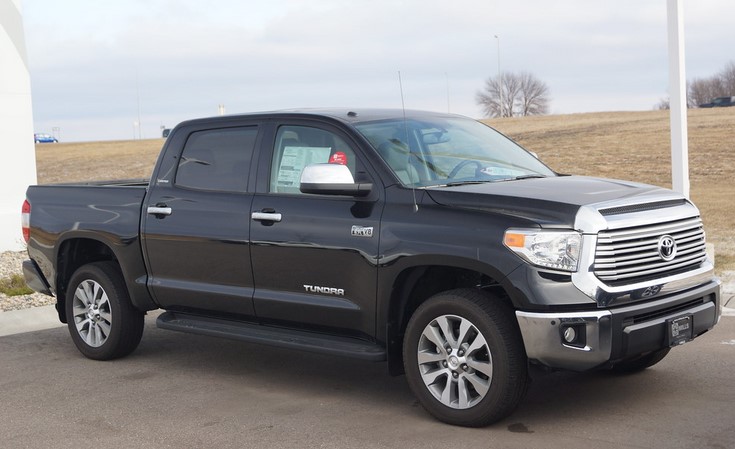The Giant Meteor Crater is formed after the fall of the meteorite crater. It is also called Barringer Crater, which is located almost 69 kilometers east of the city of Flagstaff and near the town of Winslow in the northern Arizona desert, USA. Meteor crater originated about 50,000 years ago in a fall on the Earth meteorite about 300,000 tons and flying at a speed of about 45-60 thousand km/h.
According to some calculations, the explosion at the fall of the meteorite was three times more powerful than the Tunguska explosion, which can be compared with a thousand Hiroshimas. Barringer Crater is one of the most popular attractions in Arizona.
The Giant Barringer Meteor Crater in Arizona found fragments of nickel-iron meteorite. Few meteorites, such as the Tunguska meteorite, have left behind a crater. While Berringer Crater is impeccably preserved and has a shape akin to lunar craters. It has an enormous cavity width of 1200 meters and a depth of 200 meters. Moreover, local Indian tribes have long been aware of the giant crater and collected scattered around the metal fragments of the meteorite. There are plentiful legends associated with this sacred place.
The existence of the crater became known in 1891, and it was thought to be a volcanic crater. However, in 1902, it was recommended meteorite, and researchers involved mining engineer Daniel Moreau Barringer. He has spent 26 years in their lives but could not prove the unequivocally meteoritic origin of the crater.
Eugene Shoemaker, a specialist in comets and meteorites, provided strong evidence to fully support the theory. At Barringer Crater, Arizona, the crater trained astronauts who had to go to the moon. The local landscape is well-thought-out to be the most akin to the moon. The locals often talk about the appearance of UFOs in these places. This is not the largest meteorite that fell to Earth.
Meteor Crater in Arizona hardly ever falls to the ground; however, a few cases are still recorded. In 1908 over Tunguska taiga, about 10 km from the surface of the Earth, an explosion occurred. Its sound was heard nearly 1,000 km, and the trees were knocked down on an area of about 2000 square kilometers.
Some scholars suggest that this meteorite caused the mass death of the dinosaurs that occurred 65 million years ago. According to this theory, a huge piece of space pierced the Earth’s atmosphere and reached the surface, leaving a crater depth of 50 km, 200 km in diameter, on the seafloor. Volcanic products and hot gases joined millions of tons of dust and rocks thrown into the air.
Thus, dust rose into the upper atmosphere and blocked the way of life-giving solar energy, initiating impaired development of the plant and decreasing the amount of food that has caused the death of several animals, including dinosaurs. Moreover, a big crater, just found off the coast of Mexico, might confirm this theory. Presently, Arizona meteorite crater is a popular tourist destination, privately owned by Barringer.
On the northern edge of the meteorite crater is a visitor center, which presents interactive exhibits and where everyone talks about meteorites, asteroids, space, the solar system, and comets. We can see the 637-pound meteorite found in the area, as well as fragments of the meteorite crater found in Arizona; they can even touch it.
The Meteor Crater in Arizona visitor Center, formerly known as the Museum of astrogeology includes a theater, gift shop, and observation point overlooking the inner edge of the crater, with daily excursions. In the Antarctic, on the island of Wilkes in 1962, a meteor crater at the depth of 800 m in Canada on the coast of Hudson Bay has a crater with a diameter of 443 kilometers.
Also, read Kaali Meteor Crater of Estonia















